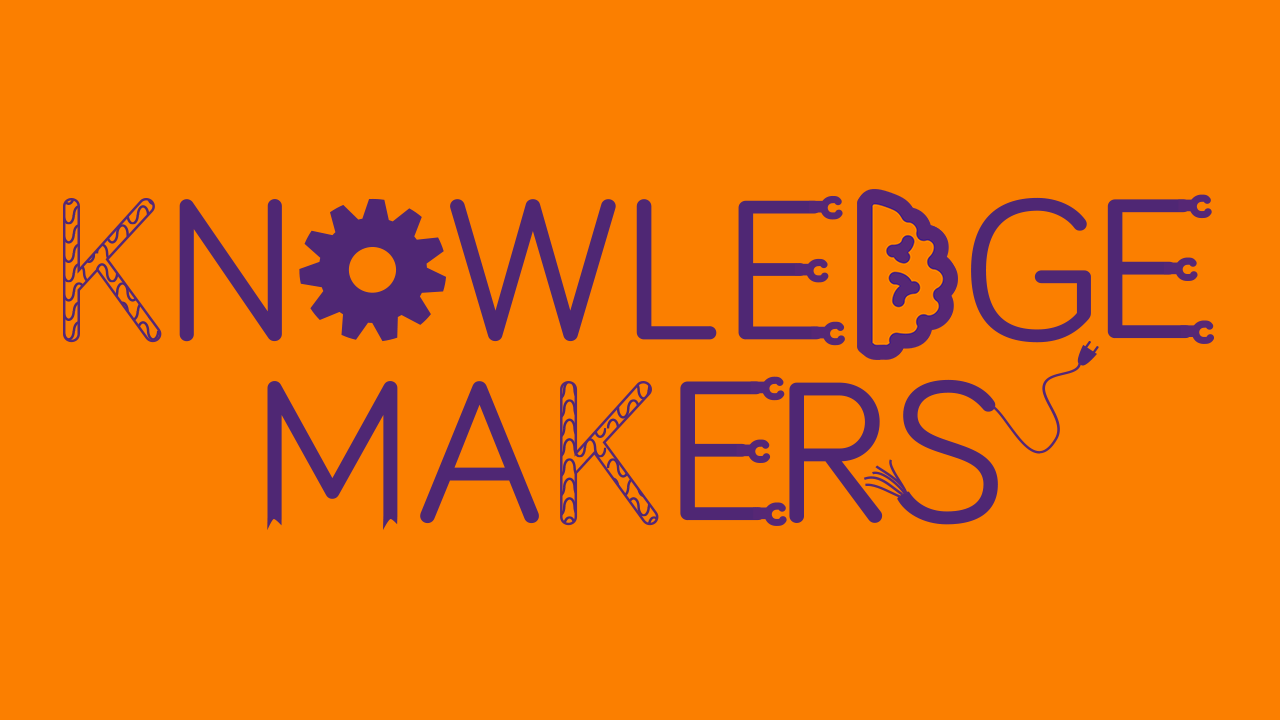Tech Report
Ontology patterns: a survey into their use
This report describes the results of a survey into the use of ontology patterns. Responses came from industry, research institutes and academia and covered a range of different application areas. The survey covered: pattern characteristics and sources; pattern usage; and pattern identification, creation and storage.
Pattern size and domain specificity appear to be correlated. There was a significant rank correlation between specificity and number of classes in the pattern, and a close to significant rank correlation between specificity and number of individuals. Whilst some patterns were sourced from pattern catalogues, a number were from collections created by the respondent or the respondent’s colleagues, or were simply the respondent’s mental models, i.e. not written down. Patterns were sometimes imported. However, they were also often used as examples and recreated, either with or without modification.
Respondents described their difficulties using patterns. Two commented on the need for documentation and examples. There were comments about the need for improvements to tools, in the areas of finding patterns, pattern generation and integration, and visualization when using several patterns. There was also an observation that generally ontologies do not include information about the patterns used in their creation.
Only about a quarter of the respondents had a systematic approach to identifying the need for a pattern. A variety of techniques were used for creating and storing patterns, including the use of an ontology editor and diagrams. The latter approach was used by over a half of the respondents. Response to a question about the use of antipatterns produced a number of generic comments plus a number of specific examples.
There were only two respondents from the biomedical domain. However, their responses differed from most of the other responses in a number of ways. They did not use generic pattern libraries; one used discipline-specific patterns from own or colleagues’ pattern collections; the other used mental models specific to the person’s work and not written down. They did not import patterns; one created patterns with a pattern creation tool; the other used patterns as examples and modified them. The patterns they used were at the large end of the scale and they were unique in using formal languages to create and store patterns.






